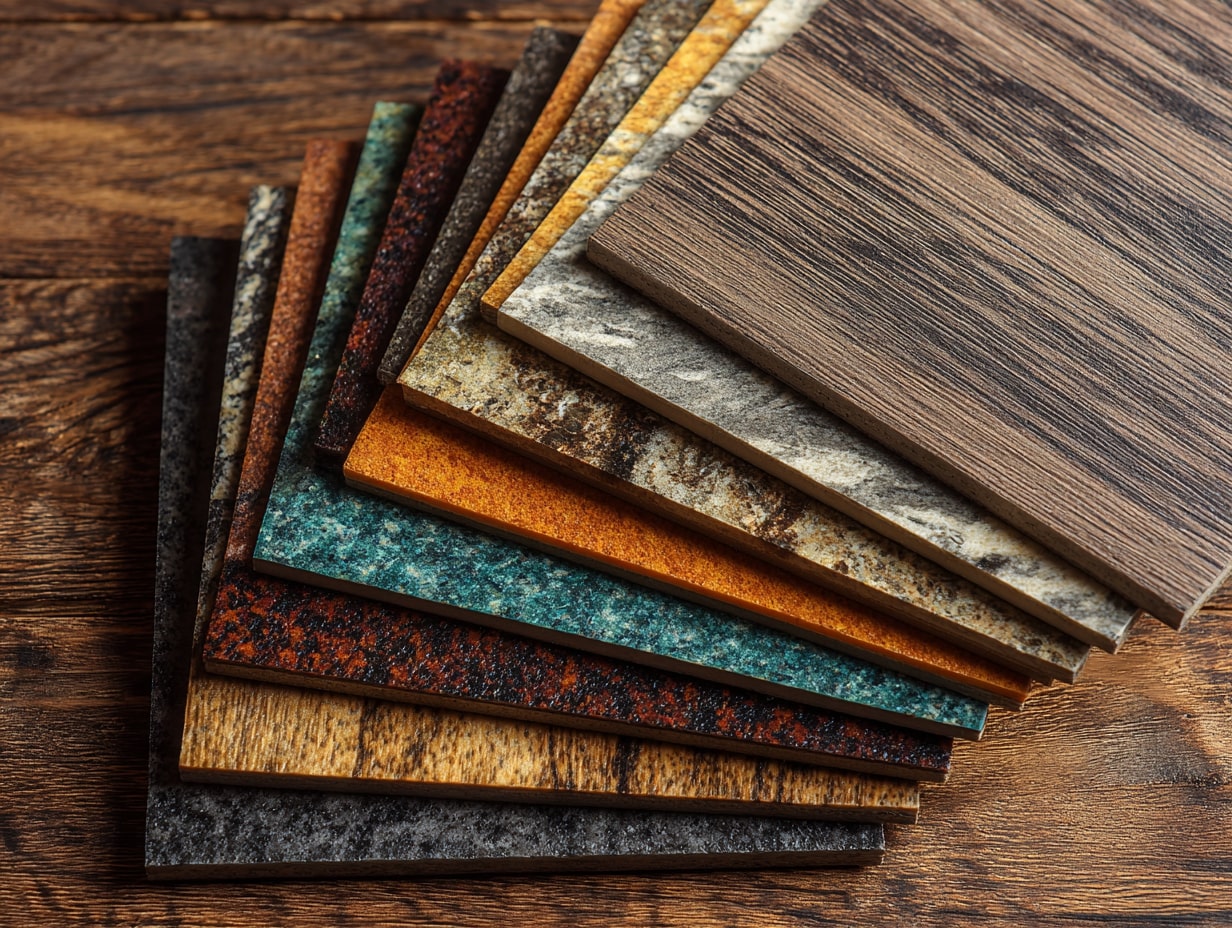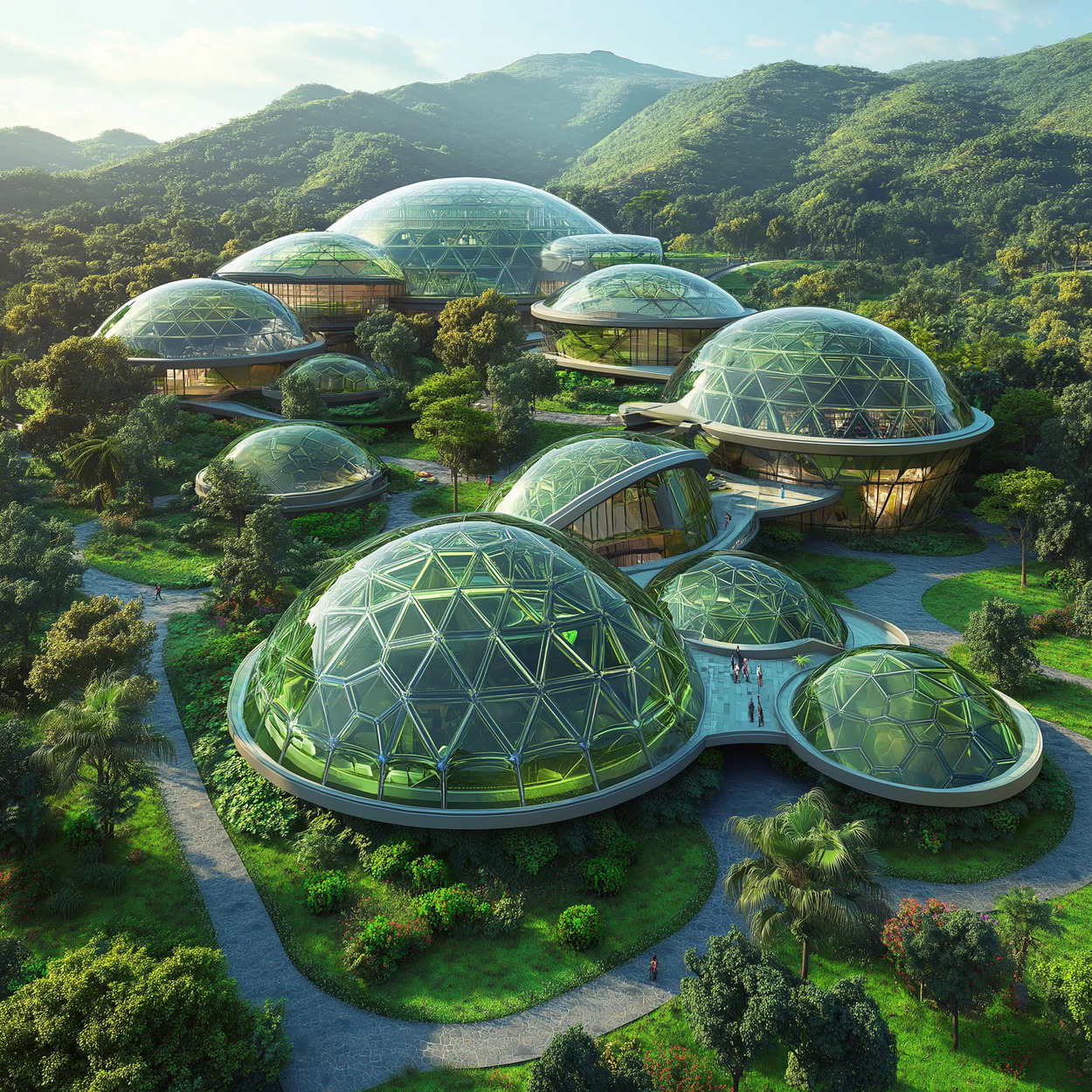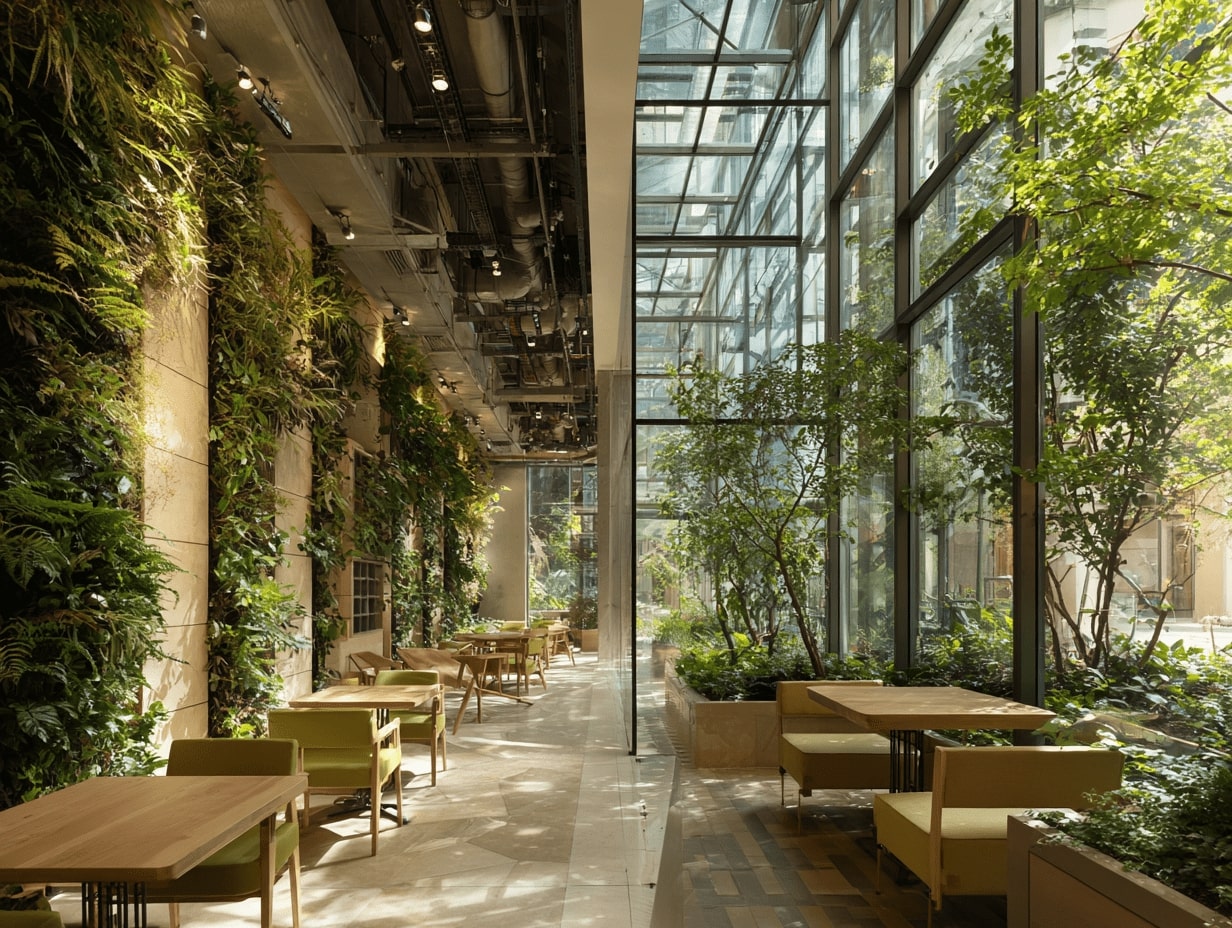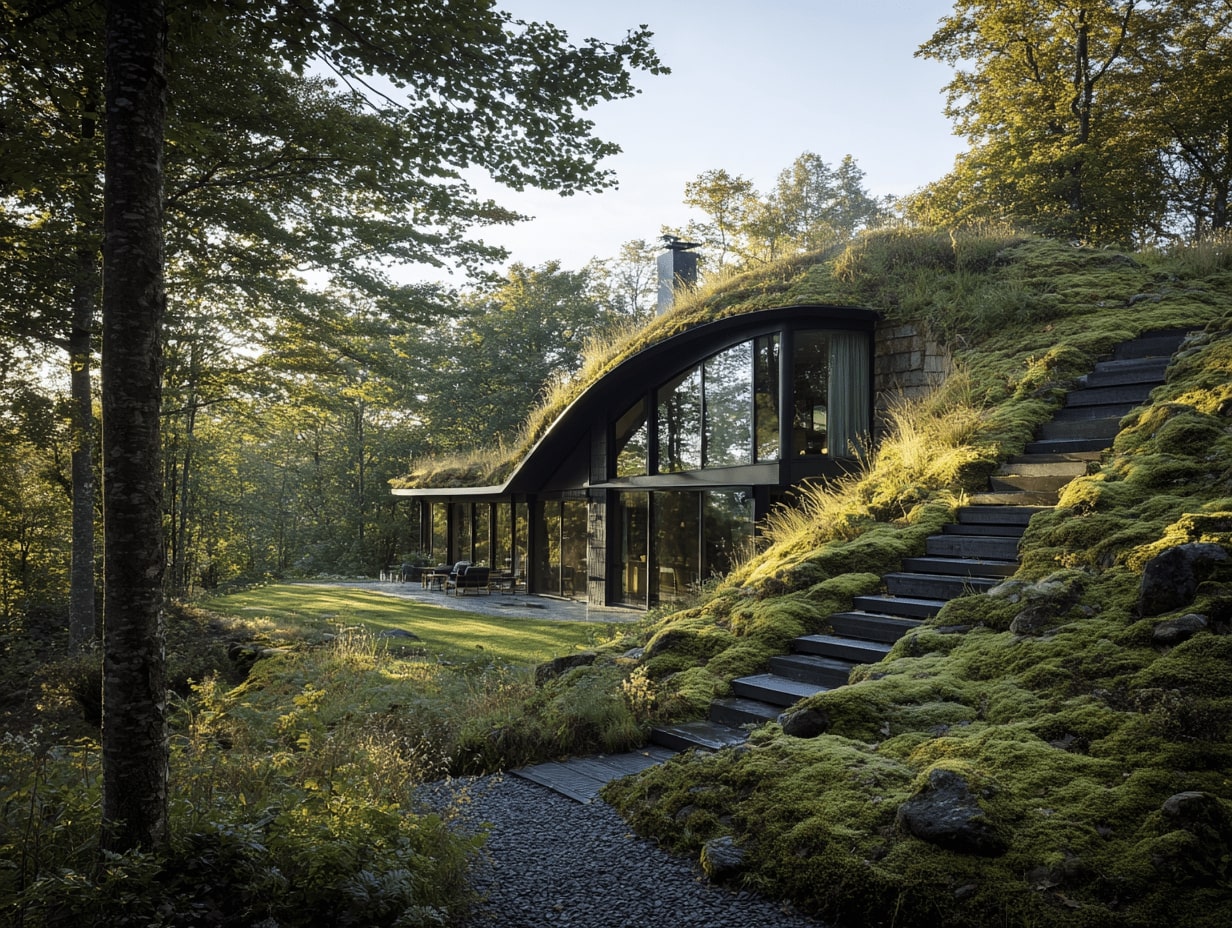- Home
- Articles
- Architectural Portfolio
- Architectral Presentation
- Inspirational Stories
- Architecture News
- Visualization
- BIM Industry
- Facade Design
- Parametric Design
- Career
- Landscape Architecture
- Construction
- Artificial Intelligence
- Sketching
- Design Softwares
- Diagrams
- Writing
- Architectural Tips
- Sustainability
- Courses
- Concept
- Technology
- History & Heritage
- Future of Architecture
- Guides & How-To
- Art & Culture
- Projects
- Interior Design
- Competitions
- Jobs
- Store
- Tools
- More
- Home
- Articles
- Architectural Portfolio
- Architectral Presentation
- Inspirational Stories
- Architecture News
- Visualization
- BIM Industry
- Facade Design
- Parametric Design
- Career
- Landscape Architecture
- Construction
- Artificial Intelligence
- Sketching
- Design Softwares
- Diagrams
- Writing
- Architectural Tips
- Sustainability
- Courses
- Concept
- Technology
- History & Heritage
- Future of Architecture
- Guides & How-To
- Art & Culture
- Projects
- Interior Design
- Competitions
- Jobs
- Store
- Tools
- More
Exploring Material Innovation in Tiling: The Future of Sustainable and Stylish Design
Explore the future of tiling with our comprehensive article on material innovation. Discover how emerging materials like glass tiles, recycled options, and smart technology are transforming aesthetics and functionality. Dive into advancements that prioritize sustainability, including eco-friendly production techniques and digital printing.

Tiling has come a long way from traditional ceramic and porcelain options. As we dive into the world of material innovation in tiling, we discover a wealth of exciting possibilities that not only enhance aesthetics but also improve functionality. New materials are transforming spaces, offering durability, sustainability, and unique designs that cater to diverse tastes.
We’re witnessing a revolution driven by advancements in technology and a growing demand for eco-friendly solutions. From innovative composites to recycled materials, the future of tiling is bright and full of potential. Join us as we explore how these innovations are reshaping our environments and elevating the way we think about and use tiles in our homes and businesses.

Table of Contents
ToggleOverview Of Material Innovation In Tiling
Material innovation in tiling encompasses a variety of advancements that revolutionize design and usability. We notice a growing shift from conventional ceramic and porcelain tiles to composite materials, eco-friendly alternatives, and advanced textures. These innovations not only enhance the aesthetic appeal but also improve durability and functionality.

Innovative Materials Transforming Tiling
- Glass Tiles: Glass tiles provide a sleek, modern look. They reflect light, creating a sense of space and brightness.
- Porcelain Composites: Porcelain composites combine strength with lighter composition. These materials resist staining and offer easy maintenance.
- Recycled Tiles: Recycled tiles utilize post-consumer waste, promoting sustainability. They come in various designs, catering to environmental demands without sacrificing style.
- Natural Stone Variants: Cultured stone options mimic the look of natural stone without high costs. They provide a beautiful appearance while maintaining resistance to cracks and scratches.
- Vinyl and PVC Options: Vinyl and PVC tiles replicate wood and stone aesthetics. They offer water resistance and comfort, making them ideal for various applications.
- 3D Printed Tiles: 3D printed tiles allow for customized designs and patterns. This technology enables unique applications in architecture and interior design.
With continual advancements in technology, the tiling industry is seeing significant progress in material development. We embrace these innovations, knowing they not only enhance visual appeal but also meet practical needs.
Key Materials Driving Innovation
Material innovation in tiling focuses on advancements that enhance aesthetics and functionality. We explore key materials reshaping the industry with improved durability, sustainability, and design appeal.

Ceramic and Porcelain Advancements
Ceramic and porcelain tiles are evolving. Enhanced manufacturing techniques improve strength and reduce weight. We see innovations like larger formats and thinner profiles, allowing for versatile applications and modern aesthetics. Digital printing technology enables intricate designs and patterns, increasing options for customization. These advancements provide excellent durability, water resistance, and easy maintenance, making them ideal for both residential and commercial spaces.
Natural Stone Enhancements
Natural stone tiles are undergoing significant enhancements. Advances in quarrying methods and processing techniques improve consistency and reduce waste. We encounter engineered stone, incorporating resins for added durability and flexibility, while mimicking the appearance of natural stone. Innovations in surface treatments increase stain resistance and ease cleaning, ensuring long-lasting beauty. Additionally, the availability of diverse finishes offers homeowners and designers the ability to create unique, personalized spaces that capture natural elegance.
Sustainable Practices In Tiling Materials
Sustainable practices play a crucial role in the modern tiling industry. As we focus on eco-friendly solutions, innovation drives the use of recycled materials and the implementation of eco-friendly production techniques.

Recycled Materials Usage
Recycled materials significantly reduce environmental impact in tiling applications. Many manufacturers blend recycled content into their products. For instance, glass tiles may incorporate up to 70% recycled glass, diverting waste from landfills. Likewise, recycled porcelain tiles utilize scrap materials from previous ceramic productions, which cuts down on resource consumption and energy usage. By choosing tiles made from recycled content, we promote sustainability while enjoying stylish designs.
Eco-friendly Production Techniques
Eco-friendly production techniques enhance the sustainability of tiling materials. Advanced manufacturing processes, like low-energy firing, reduce carbon emissions during tile production. Innovations such as water recycling systems in manufacturing facilities minimize water waste during tile creation. Additionally, the use of natural binders instead of harmful adhesives ensures safer indoor air quality. By adopting these techniques, we collectively contribute to a more sustainable tiling industry, creating healthier environments in our spaces.
Technological Developments In Tiling
Recent advancements in technology play a pivotal role in reshaping the tiling industry, influencing design, functionality, and sustainability. We observe transformative trends in digital printing and smart tile solutions that lead to innovative applications in modern spaces.

Digital Printing Innovations
Digital printing technology revolutionizes how we create and customize tiles. Manufacturers can now produce intricate patterns and designs with high precision, allowing for complex visual effects previously unattainable. These innovations enable personalization, catering to unique customer demands and enhancing overall aesthetics. For instance, some tiles feature designs mimicking natural materials, like wood or stone, but with improved durability and lower maintenance requirements. Additionally, digital printing fosters shorter production runs, reducing waste and better aligning with eco-friendly goals through local manufacturing and just-in-time delivery.
Smart Tile Solutions
Smart tile solutions integrate technology with traditional tiling, offering enhanced functionality. These tiles can include features such as embedded sensors, allowing for real-time monitoring of temperature and humidity. By connecting to smart home systems, they facilitate energy efficiency and improved climate control. For example, some smart tiles adjust, responding to changes in household environments. Others provide integrated lighting options, creating dynamic atmospheres and increased safety in various settings. With ongoing developments in smart technology, the tiles not only serve decorative purposes but also become integral components of a home’s functionality.
Market Trends And Consumer Preferences
The tiling market experiences substantial shifts driven by consumer preferences toward innovation and sustainability. We notice a growing demand for materials that combine aesthetics, durability, and eco-friendliness.

Trend Highlights
- Sustainable Materials: Consumers increasingly prefer products that incorporate recycled elements and require less energy to produce. Eco-friendly options, such as tiles made from recycled glass or reclaimed materials, appeal to environmentally conscious buyers.
- Large Formats: Tiles in larger formats remain popular. These larger pieces minimize grout lines and create a seamless visual effect, enhancing the aesthetics of modern spaces.
- Textured Surfaces: Interest in textured tiles continues to rise. These options add depth and character, contributing to a tactile experience that appeals to consumers looking for personalized designs.
- Smart Technology Integration: Consumers show excitement for smart tiles that integrate technology. Features like embedded sensors for monitoring environmental conditions align with the increasing focus on energy efficiency.
Consumer Preferences
- Customization: We’ve observed a strong trend toward personalized designs. Consumers seek unique tiles that reflect their individual style, often turning to options like digitally printed tiles that offer intricate, customized patterns.
- Durability: Buyers prioritize durability when selecting tiles. Long-lasting materials that withstand wear and tear, such as porcelain composites and engineered stone, are favored for both residential and commercial applications.
- Maintenance Ease: Low-maintenance tiles attract consumers who value convenience. Innovations in surface treatments enhance stain resistance and ease cleaning, making these tiles a practical choice.
- Aesthetic Appeal: Design plays a crucial role. The market reflects a preference for visually striking options, such as natural stone varieties and artistic patterns that elevate interior aesthetics.
These market trends and consumer preferences reveal a dynamic landscape in the tiling industry, illustrating how material innovations are meeting the evolving needs of buyers while emphasizing sustainability and design.
Conclusion
Material innovation in tiling marks a significant shift in enhancing aesthetics and functionality. The evolution of alternatives to traditional ceramic and porcelain tiles showcases remarkable advancements. Innovative materials, including glass tiles, porcelain composites, and recycled options, offer unique benefits such as sustainability and ease of maintenance.
We see the tiling industry embrace eco-friendly practices, with manufacturers incorporating up to 70% recycled content in their products. Techniques like low-energy firing and water recycling further reduce environmental impact.
Digital printing technology and smart tile solutions highlight the role of advancements in design and functionality. They transform traditional tiles into personalized and interactive components in our homes, enhancing both energy efficiency and climate control.
Current market trends reflect our collective preference for sustainability, customization, and innovation. Consumers favor larger formats, textured surfaces, and smart technology, which illustrates the dynamic changes in the tiling industry. These material innovations not only cater to evolving consumer needs but also reinforce a commitment to sustainability and style in our living spaces.
- Eco-conscious tile options
- Eco-friendly tiles
- Environmentally friendly tiles
- Future tiling trends
- Green building tiles
- Innovative flooring options
- Innovative tile design
- Luxury sustainable tiles
- Modern tile materials
- Recycled materials in tiling
- Stylish tiling innovations
- Sustainable design tiles
- Sustainable tiling
- Tile sustainability
- Trendy tile solutions
I create and manage digital content for architecture-focused platforms, specializing in blog writing, short-form video editing, visual content production, and social media coordination. With a strong background in project and team management, I bring structure and creativity to every stage of content production. My skills in marketing, visual design, and strategic planning enable me to deliver impactful, brand-aligned results.
Submit your architectural projects
Follow these steps for submission your project. Submission FormLatest Posts
Eco-Friendly Floor Coverings: Smart Choices for a Greener Home
Eco-friendly floor coverings made simple: discover sustainable materials, trusted certifications, and room-by-room...
What are Biodomes?
Biodomes are transforming architecture by blending ecological science with advanced design to...
The Quiet Revolution of Biophilic Design
Biophilic design is reshaping homes, workplaces, and cities—backed by evidence. Learn core...
Sustainable Solutions in Contemporary Architecture: From Passive Design to Clean Energy
Sustainable solutions in contemporary architecture: a practical playbook to hit net-zero, cut...












Leave a comment